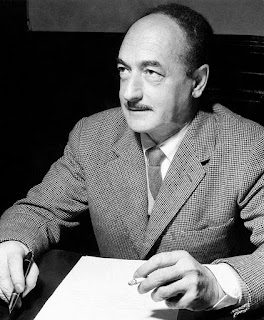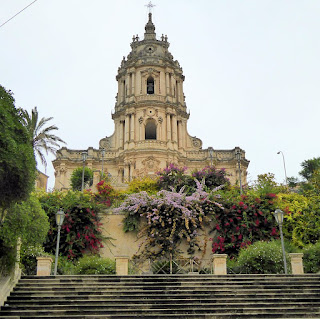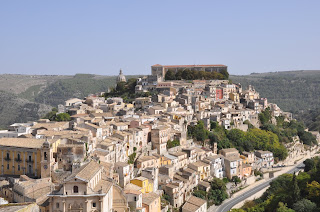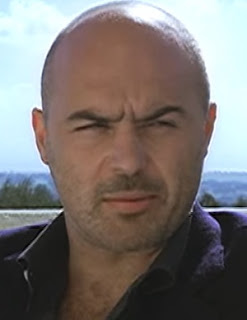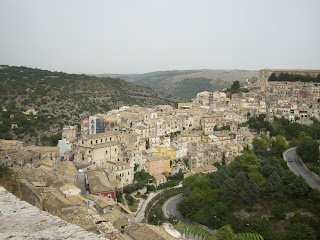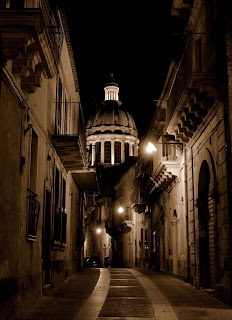Devastation that led to architectural rebirth
 |
| An engraving dated at 1696 is thought to depict ruined buildings in Catania after the 1693 earthquake |
Records say the tremor struck at around 9pm local time and lasted about four minutes. It was mainly confined to the southeast corner of the island, with damage also reported in Calabria on the Italian mainland and even on Malta, 190km (118 miles) away.
Although it is an estimate rather than a verifiable figure, the earthquake has been given a recorded magnitude of 7.4, which makes it the most powerful in Italian history, although in terms of casualties it was eclipsed by the earthquake that destroyed much of Messina and Reggio Calabria in 1908, with perhaps up to 200,000 killed.
By another measure, the Mercalli intensity scale, it was awarded a score of XI, the maximum. The Mercalli scale, devised in 1902, judges a quake’s severity by the intensity of shaking. The XI rating given to the 1693 event may well reflect accounts such as that offered by Vincentius Bonajutus, published in the Philosophical Transactions of the Royal Society, who wrote that "It was in this country impossible to keep upon our legs, or in one place on the dancing Earth; nay, those that lay along on the ground, were tossed from side to side, as if on a rolling billow."
 |
| The Palazzo Ducezia, designed by Vincenzo Sinatra, is one of the Sicilian Baroque palaces in the rebuilt city of Noto |
Locally recorded counts of the dead indicate that there were probably more than 60,000 people killed. Around 12,000 of those - two thirds of the city’s population - were in Catania alone.
More damage and deaths occurred before the main earthquake in a powerful foreshock on January 9, itself with an estimated magnitude of 6.2, and as a result of tsunamis that devastated the coastal villages on the Ionian Sea and in the Straits of Messina.
The exact position of the epicentre remains unknown, although it was probably close to the coast, or slightly offshore, between Catania and Syracuse. The tsunamis that followed affected some but not all coastal settlements. One place that did suffer was the port of Augusta, north of Syracuse, where the harbour was left drained when the sea receded, only to be swamped by waves of up to eight metres (26ft) high as the waters surged back.
| Stefano Ittar's facade of the Basilica della Collegiata in Catania |
That it does is thanks to the extravagantly wealthy aristocracy that controlled the purse strings on the island, which was then part of the Spanish empire.
After concentrating initially on restoring military defences around the strategically important Syracuse, Augusta, Catania and Acireale, the island’s government began drawing up of plans for the reconstruction of towns and cities.
Some, such as Catania, would be rebuilt to new plans on their existing sites, others such as Syracuse and Ragusa rebuilt following existing layouts, and others moved to new sites and built from scratch, as was the case with Noto and Avola.
In all cases, dozens of local architects were given palaces and churches to build. Many had trained under the great Baroque architects in Rome and this was their opportunity, with money apparently no object, to recreate the sophisticated Baroque architecture that had become popular in mainland Italy, but had not really reached Sicily.
On such architect was Vincenzo Sinatra, a pupil of Rosario Gagliardi, who had been influenced by Gian Lorenzo Bernini’s work in Rome. Sinatra was responsible for many of the new buildings in the new city of Noto, including the churches of Monte Vergine and San Giovanni Battista, the Basilica di Santa Maria Maggiore and its Loggiato, and the splendid Palazzo Ducezio (now the town hall).
Their work inspired more local architects to follow suit and between 1730 and 1780 the style that became known as Sicilian Baroque, characterised by typically Baroque curves and flourishes, but often with the addition of grinning masks or chubby cherubs, was at its peak, reflecting the flamboyance of the era.
Although the fashion for neoclassicism changed the thinking of architects on the island towards the end of the 18th century, it is Sicilian Baroque that gives Sicily much of its architectural character even today.
Other notable Sicilian Baroque architects include Andrea Giganti, Guarino Guarini, Stefano Ittar, Andrea Palma and Giovanni Battista Vaccarini.
 |
| The facade of the cathedral at Syracuse, which was rebuilt by Andrea Palma in Baroque style |
As well as its Sicilian Baroque buildings, concentrated on the island of Ortygia, the historic centre linked to the modern city of Syracuse by the Ponte Umbertino, Syracuse is known for its ancient ruins. The Parco Archeologico Neapolis, situated within the city, comprises the Roman Amphitheater, the Teatro Greco and the Orecchio di Dionisio, a limestone cave shaped like a human ear. The Museo Archeologico Regionale Paolo Orsi, meanwhile, exhibits terracotta artifacts, Roman portraits and Old Testament scenes carved into white marble. Syracuse as a city is listed by UNESCO as a World Heritage Site.
 |
| The city of Ragusa occupies a spectacular setting on a rugged hillside in southeastern Sicily |
Ragusa, the principal city of the province of the same name, which also suffered much damage in the earthquake, is one of Sicily’s most picturesque cities. Set in same rugged landscape with a mix of medieval and Baroque architecture. The older part of the city, the spectacular Ragusa Ibla, is the town that was built on the site of the settlement destroyed in the quake, and is home to the grand Duomo di San Giorgio and the Giardino Ibleo, a public park with churches and fountains that offers stunning views. Ragusa Ibla may seem familiar to viewers of the TV detective series Inspector Montalbano as the dramatic hillside city in the title sequence. The city streets also feature regular in location filming for the series, based on the books of Andrea Camilleri.
More reading:
How Giovanni Battista Vaccarini left his mark on Catania
The genius of Gian Lorenzo Bernini
Why the Messina earthquake of 1908 is the worst in Italian history
Also on this day:
1944: Mussolini has his son-in-law, Galeazzo Ciano, shot dead by a firing squad
1975: The birth of Matteo Renzi, Italy's youngest PM
1980: The birth of the Giannini sextuplets
Home
